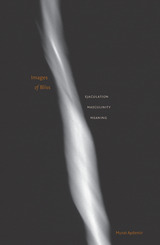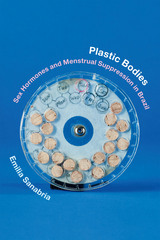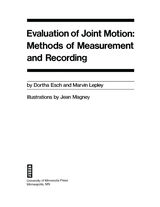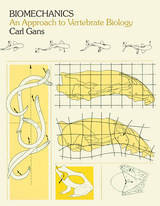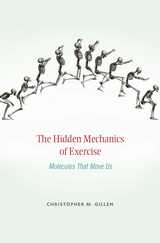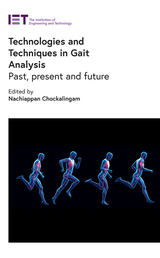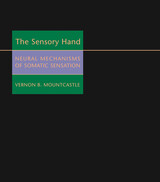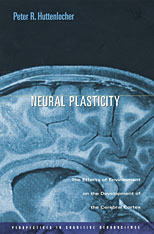Cloth: 978-0-674-51085-2
Library of Congress Classification QP306.F54
Dewey Decimal Classification 612.21
For its size, the larynx is the most complex and versatile mechanical device in the body. In this remarkable book, a distinguished medical illustrator and a world authority on laryngeal biomechanics collaborate to provide both an atlas and a treatise on the behavior of the larynx. In separate chapters, the authors consider the functions of the larynx—as safeguard for the free passage of air, to protect the airway from invasion, as a plug that resists expiration during effort, and as the instrument of speech and song. They replace the traditional view of the larynx as a sphincter with a more accurate model. The laryngeal tissues are seen as folding and unfolding in response to respiratory excursion of the trachea, action of intrinsic and extrinsic laryngeal muscles, the respiratory air current, and the elastic recoil of ligaments, membranes, and articular capsules.
The illustrations include unretouched xrays, halftone sketches, structural drawings, and diagrams; together they present as complete a picture as possible of the larynx in all its various functional states. Innovative and systematic, the work forms the basis for planning radical and reconstructive surgery, quantitative approaches in voice therapy, treatment of laryngospasm in anesthesia without use of relaxants, and design of an artificial larynx.



